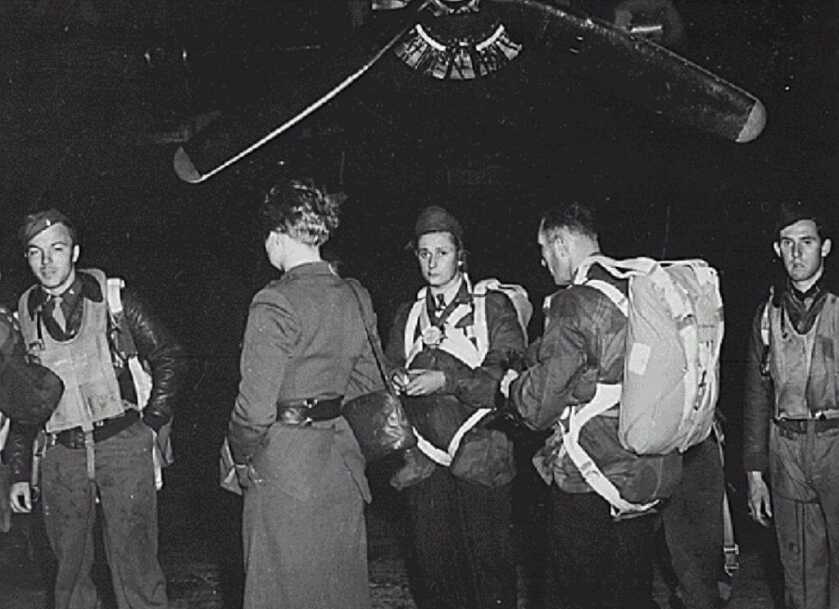
I once had the privilege of meeting an elderly British woman who had been tortured by the Gestapo. A British SOE (Special Operations Executive) operative during World War 2, she had been captured while serving undercover in occupied Europe. By the time they got her to Gestapo headquarters, they had already broken her legs.
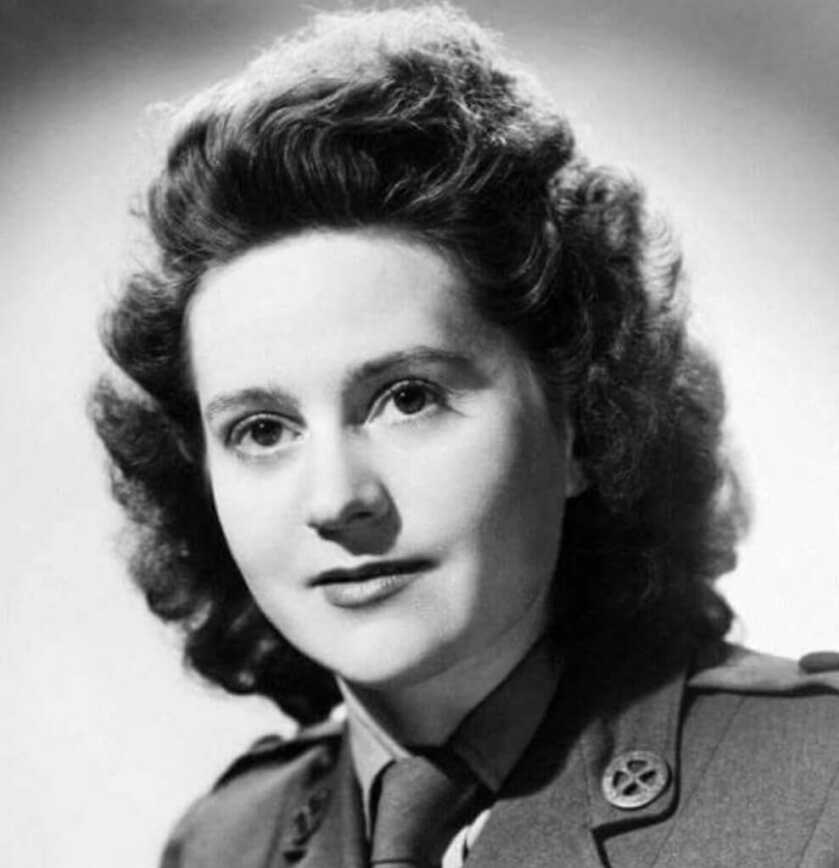
What followed was tough to hear. At the time she was young, pretty, and a trained nurse. The Germans stripped her naked, tied her to a chair, and pulled her teeth. They tore strips of skin off of her back with pliers, betting each other cigarettes who could flay the longest. They put her in front of a big clock and then crushed each of her fingers using a hammer and steel plate—one finger every fifteen minutes on the dot. If she would divulge the names of the other underground members in her cell they promised they would stop.
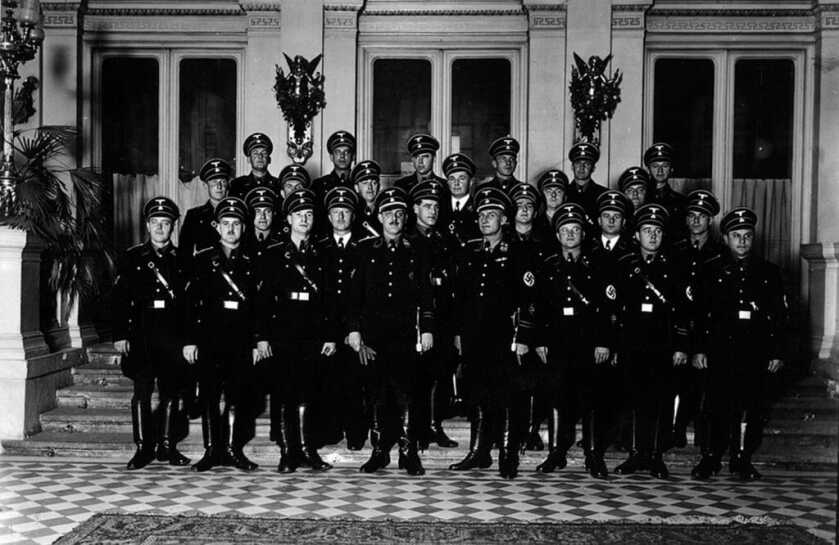
Amidst the expansive pantheon of loathsome personalities to have slithered across the earth from the dawn of human history, the Nazis were among the worst. I was a soldier when I met this lady. As I listened enraptured to this grandmotherly woman describe in coldly dispassionate terms what these animals did to her, I wanted to go dig up their cold rotten corpses and urinate on them. How could anybody do such inhuman stuff?
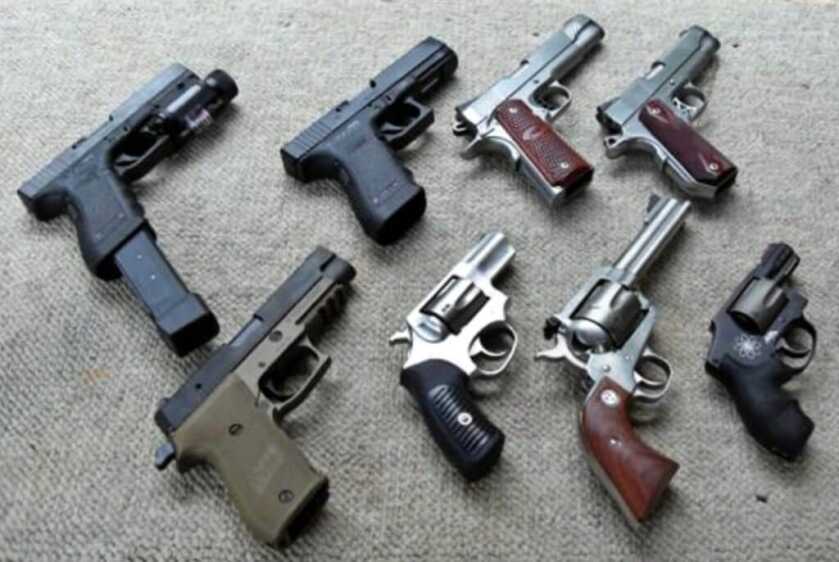
The truly amazing thing was that it wasn’t so terribly uncommon. Ours is a violent, cruel species. You take susceptible personalities and put them in positions of absolute power and it brings out the worst of our primal natures. That fact is actually the true impetus behind the Second Amendment to the US Constitution, but that’s a conversation for another day.
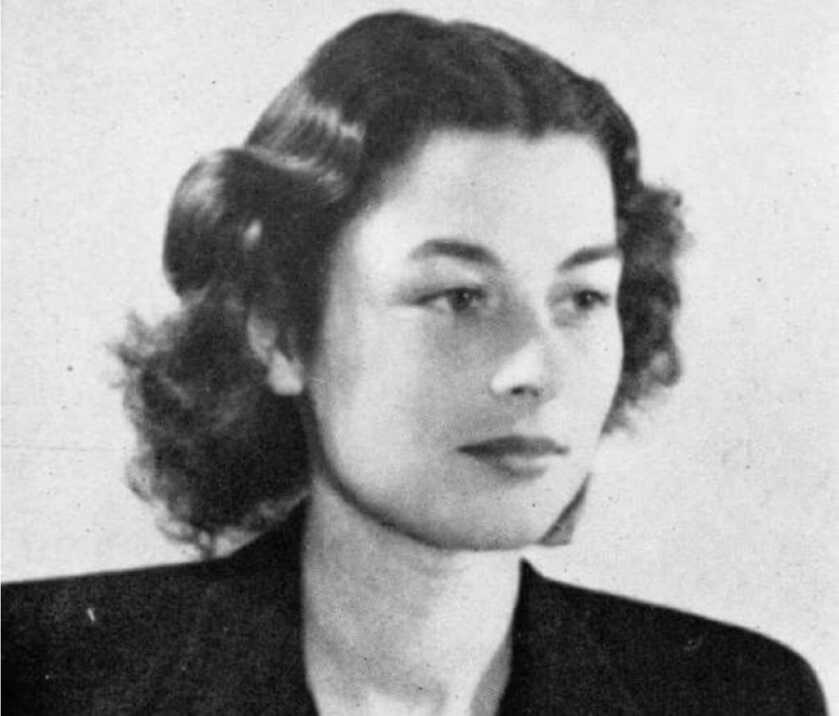
While the existence of such darkness has been a lamentably consistent component of the human experience from the very beginning, so also has been the light. My English friend was rescued by her Resistance buddies and obviously survived the war. Hers was ultimately a warm, happy, successful life. Those underground operators were in this case the avenging angels, bringing quick justice to a group of monsters who simply needed killing. On January 20, 1943, a Belgian aristocrat named Jean de Selys Longchamps performed a similar service. However, in his case, he used an airplane.
Portrait of a Patriot
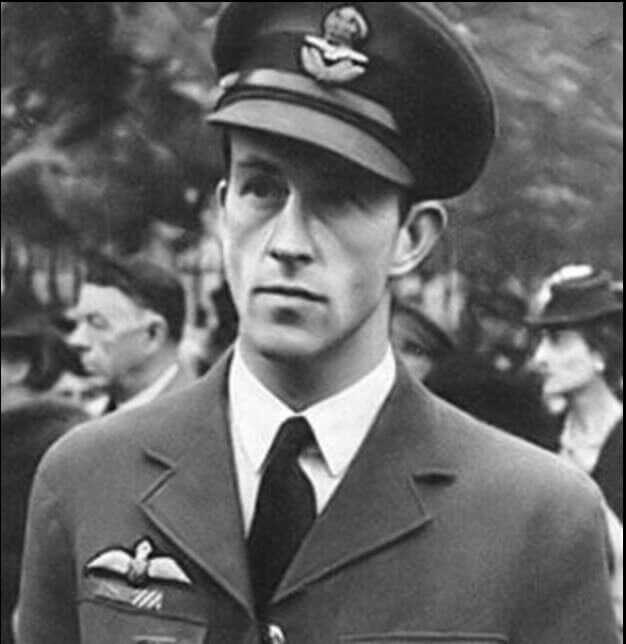
Baron Jean Michel P.M.G. de Selys Longchamps was born on May 31, 1912, in Belgium. Longchamps was the grand-nephew of the Belgian King Leopold III. Raised in the Old World Belgian aristocracy, Longchamps pursued a career in the military as did most of his breeding. By the onset of WW2, he was a 28-year-old cavalry officer with the 1st Regiment des Guides, an elite light cavalry unit first mechanized in October of 1937. Like so many of the Western European military formations, Longchamps’ unit was swept up in the unstoppable hurricane that was blitzkrieg.
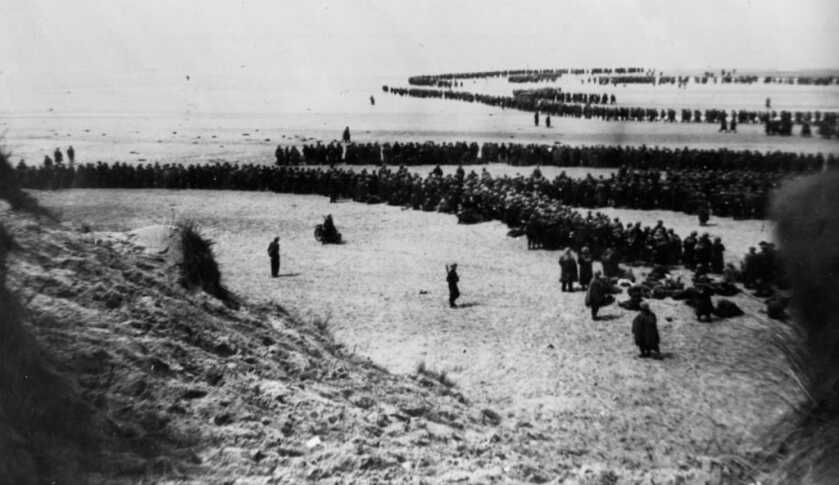
By late May 1940, Longchamps and the tattered remnants of his once-proud Belgian cavalry unit were pressed into the salient at Dunkirk. Most all of us have at least seen the Christopher Nolan movie of the same name. The Allies called it Operation Dynamo. Over the course of eight days, some 800 British military and civilian vessels evacuated 338,226 Allied troops across the channel and back to Britain. Among those 338,226 soldiers was Jean de Selys Longchamps. Roughly 40,000 troops of the French First Army sacrificed themselves in a delaying action to allow the evacuation to succeed.
The Next Phase
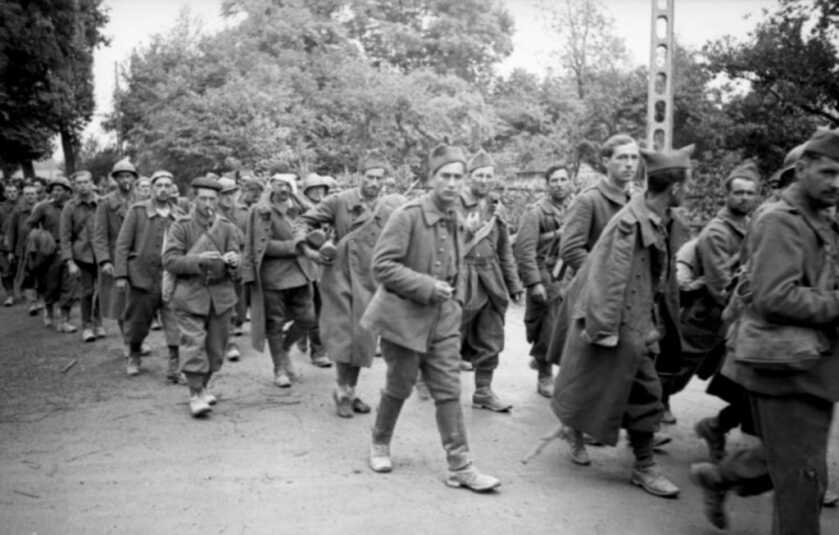
Driven by a white-hot rage, Longchamps pursued further opportunities to fight. He made his way back to the continent but was captured by the Vichy authorities and interned. Escaping from a French POW camp he again crossed the channel and volunteered for the RAF. Despite being too old, he forged the pertinent documents and was accepted for flight training. He subsequently transitioned into Hawker Typhoons.
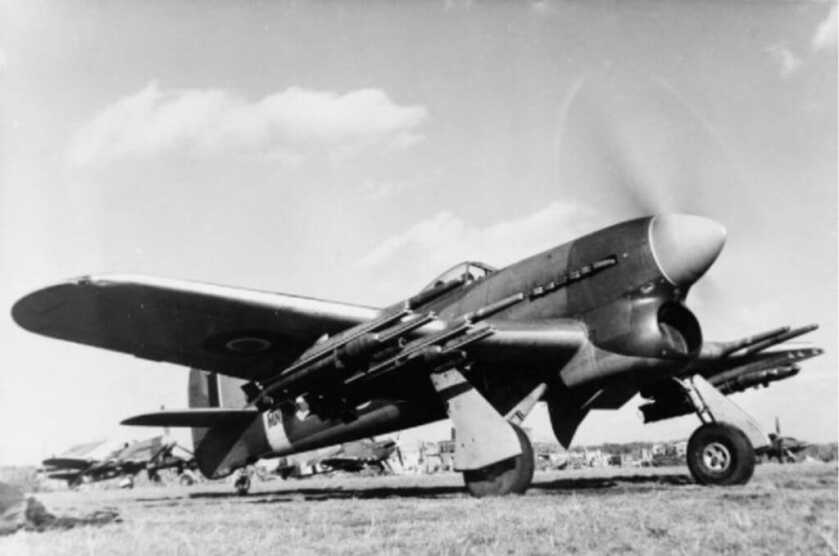
While posted to No 609 Squadron, Longchamps regularly flew missions against German targets in occupied Europe. Throughout it all, he kept up with events back home in Belgium through his many contacts on the mainland. While serving with the RAF he received the heartbreaking news that his father had been tortured to death by the German security services. In response, Longchamps planned an elaborate operation to strike Gestapo headquarters in Brussels. His RAF commanders rejected the request, claiming it was too risky. On January 20, 1943, Jean de Selys Longchamps did it anyway.
The Operation
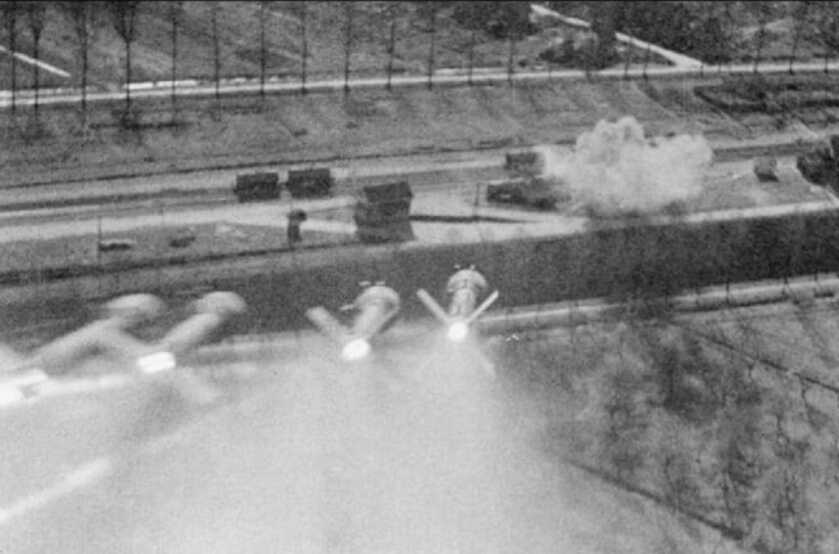
Longchamps took off early that Wednesday morning alongside his wingman Flight Sergeant Andre Blanco on a mission to strike a railway junction near Ghent in Northern Belgium. Longchamps’ Typhoon fighter was packed with all the ordnance it could carry. He also took along an ample sack of small British and Belgian flags. The railway attack complete, Longchamps directed that Flight Sergeant Blanco return to base.
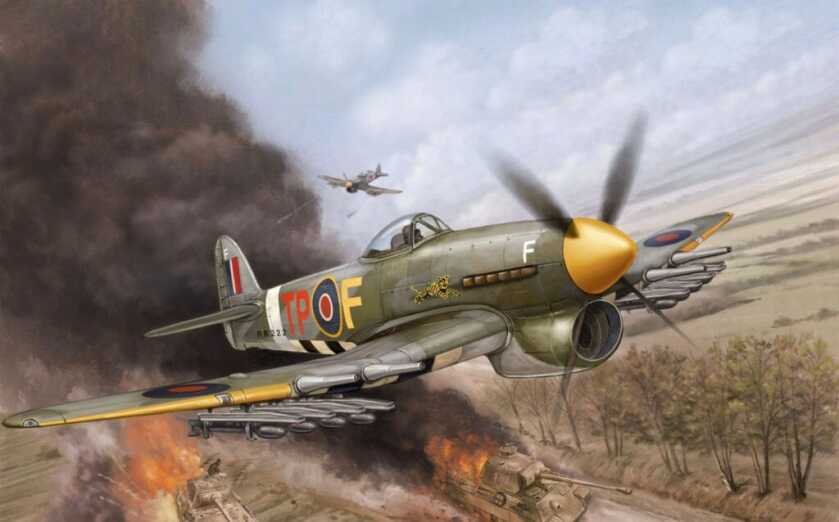
Flying solo and low-level to avoid German radar and air defenses, the Belgian pilot navigated his heavy fighter to Brussels. Longchamps knew the city by heart. He dropped down into the urban streets, following the Avenue De Nation to the Avenue Louise. His target was a prominent 12-story building the Gestapo had used as a headquarters since 1940.
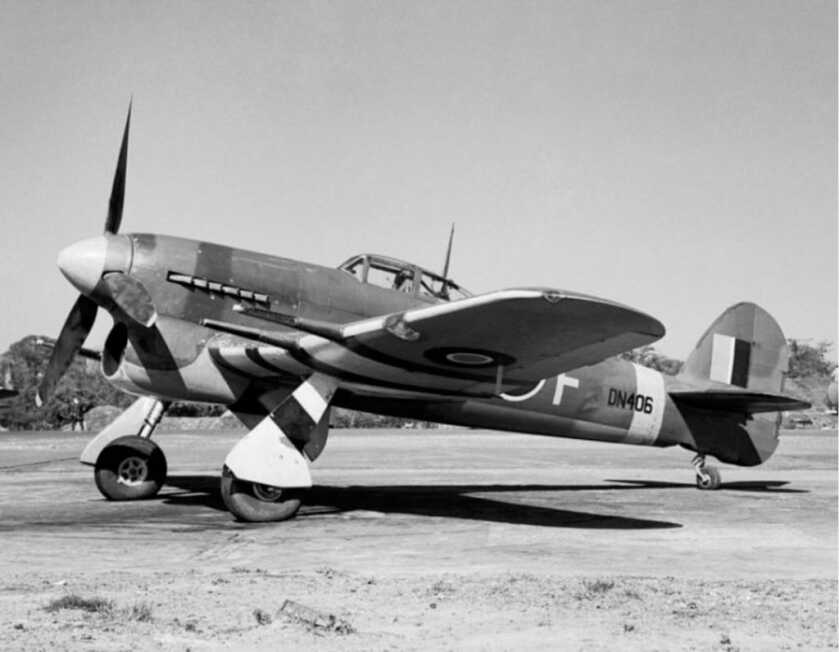
The Hawker Typhoon was powered by a Napier Sabre liquid-cooled sleeve-valve piston engine producing some 2,180 horsepower. With a maximum speed of 412 mph, the Typhoon made quite a lot of noise. When canalized through the tight thoroughfares of downtown Brussels the racket would have been penetrating. This noise brought the German officers at Gestapo headquarters out of their offices and to the windows facing the Avenue Louise.
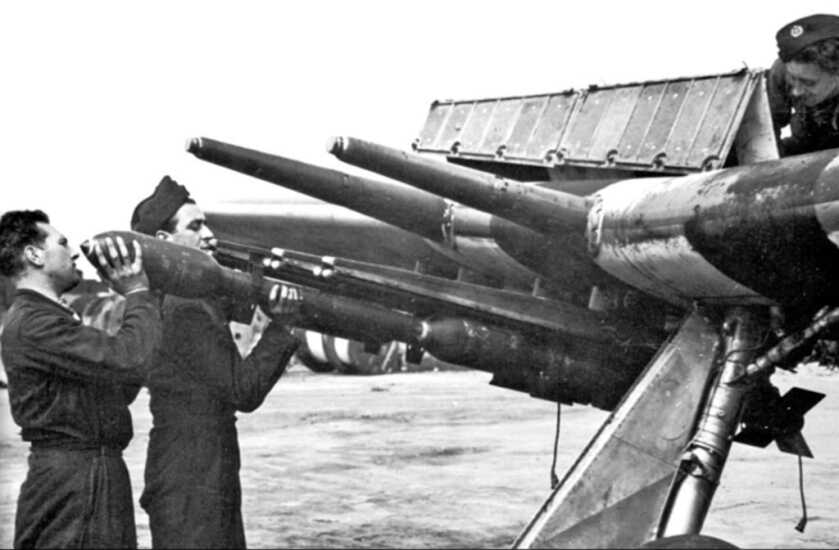
The Typhoon weighed some 13,250 lbs fully loaded and was a legendarily stable gun platform. Jean de Selys Longchamps aligned his deadly airplane with the façade of the target building, centered the glowing pipper of his gunsight, and squeezed the trigger on his control stick. The four 20mm Hispano Mk II cannon mounted in his wings chewed into the building at an aggregate rate of nearly fifty rounds per second.
The Weapon
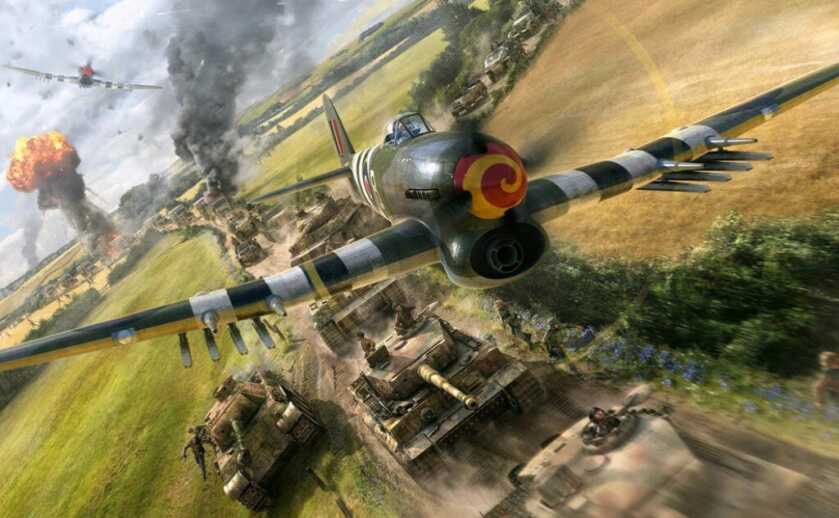
The Hawker Typhoon was heavy for a fighter. As a result, it struggled in one-on-one combat with Messerschmitts and Focke Wulfs. However, the Typhoon was an absolute tank of an airplane. It excelled at precision ground attack missions.
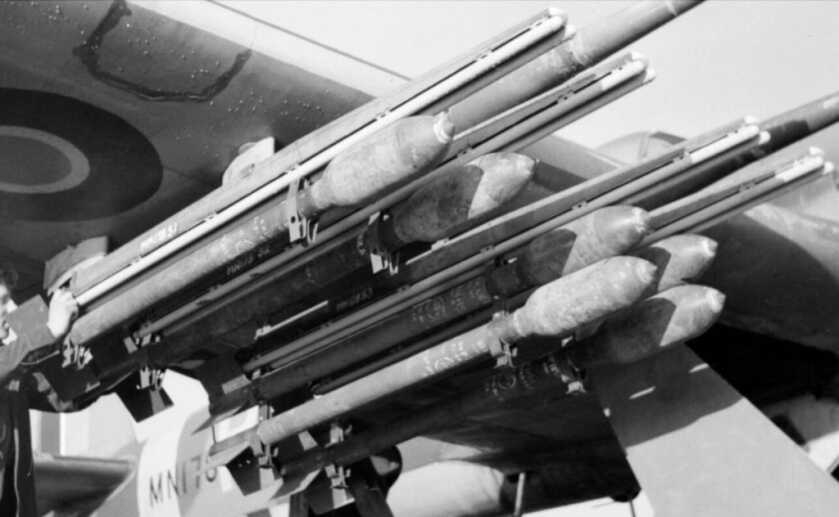
Fully loaded the Typhoon could carry eight RP-3 three-inch unguided air-to-ground rockets and two 500-pound bombs. The RP-3 could be fitted with either a 60-pound HE warhead or a 25-pound solid-shot armor-piercing load. RP-3-equipped Typhoons extracted a fearsome butcher’s bill against everything from German tanks to U-boats.
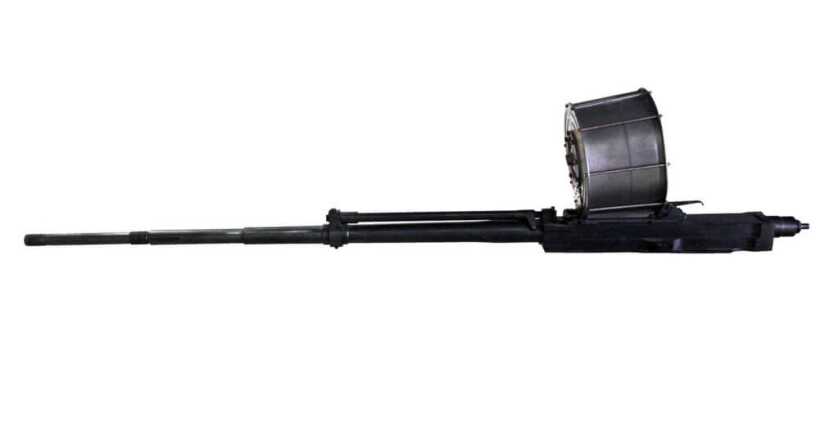
The Typhoon’s primary armament was the Hispano Mk II 20mm autocannon. The British began WW2 arming their fighters with as many as eight rifle-caliber .303 Browning machineguns. This system offered simply breathtaking close-range firepower, but it yet remained fairly ineffective against armored aircraft at anything but intimate ranges.
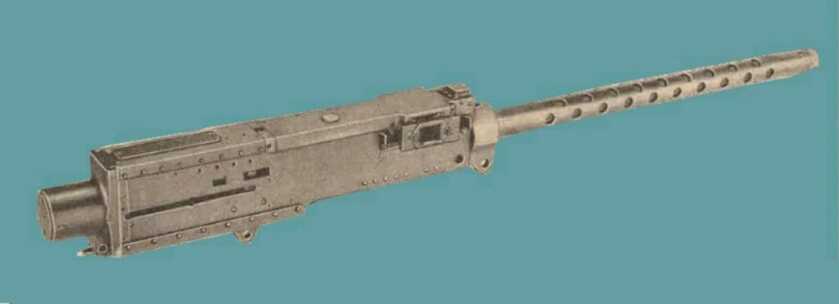
We Americans did love our .50-caliber machineguns. The Browning M3 recoil-operated, belt-fed .50 armed most all US combat aircraft of WW2. However, with the advent of faster, more heavily-armored enemy planes, even the venerable fifty seemed a bit inadequate.
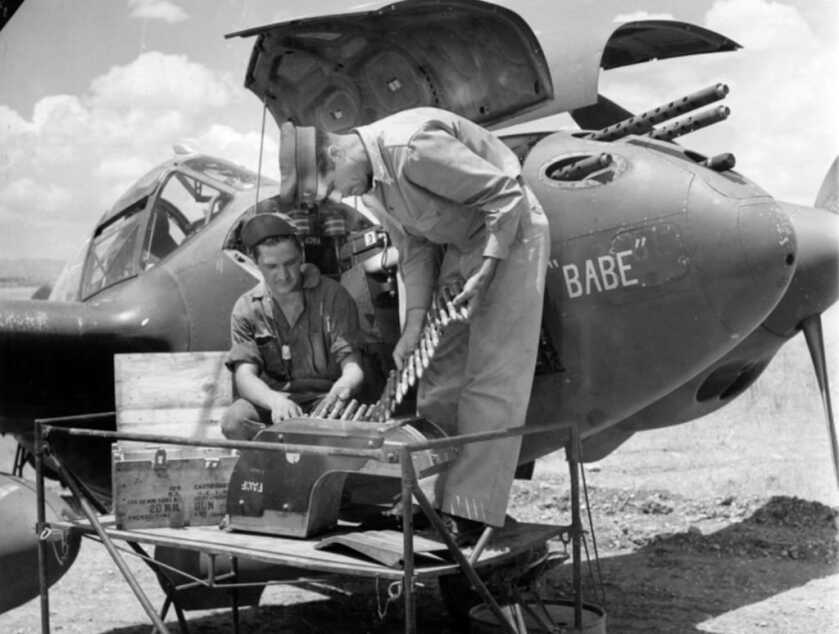
The answer was the Hispano-Suiza HS.404. Designed by Marc Birkigt in the 1930s, the original 20mm HS.404 weighed 108 pounds and was eight feet long. The British version of the HS.404 used on the Typhoon was the Hispano Mk V. This was a gas-operated, delayed-blowback design that cycled at around 725 rpm. The US variant was built by International Harvester, was slightly smaller and shorter, and was designated the 20mm M1 Automatic Gun.
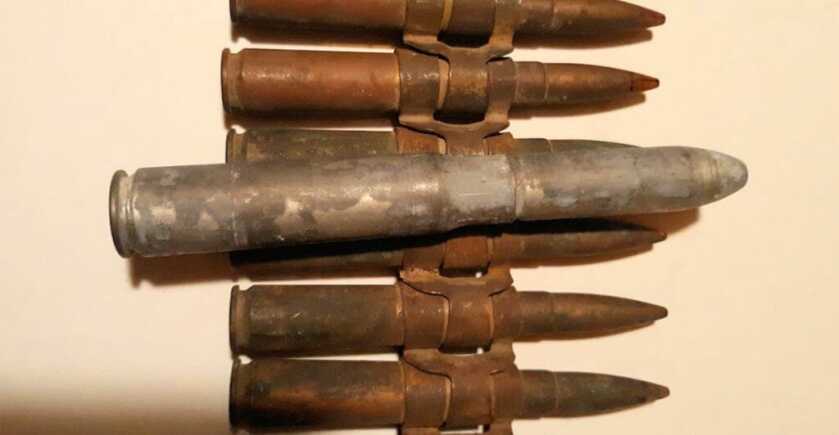
All of these 20mm weapons fired roughly quarter-pound projectiles charged with a high explosive filler and detonated via a direct-action contact fuse. The most common Mk I round also included an incendiary component. There was a ball round and Armor-Piercing/Tracer version as well.
The Rest of the Story
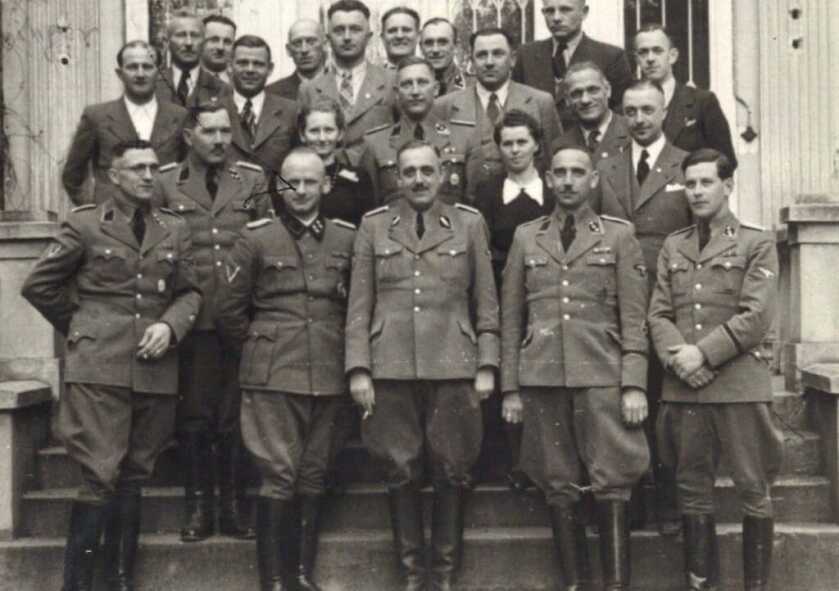
Longchamps chewed the face of the Gestapo headquarters to pieces. His cannon fire was so precise that the surrounding buildings remained undamaged. In that single pass, he killed four high-ranking German officers and wounded dozens more. Among the dead were the station chief, a reprobate monster named Muller, and the local Chief of the SD, SS-Sturmbannfuhrer Alfred Thomas. Good riddance.

On his egress, he sprinkled little British and Belgian flags across a variety of Belgian villages as well as the Royal Palace at Laeken. He also dropped a few over the garden of his niece, the Baroness De Villegas De Saint-Pierre. Half an hour after the attack in Brussels, Longchamps landed safely at his base at Manston in Kent, England. Both the Germans and his British superiors were livid.
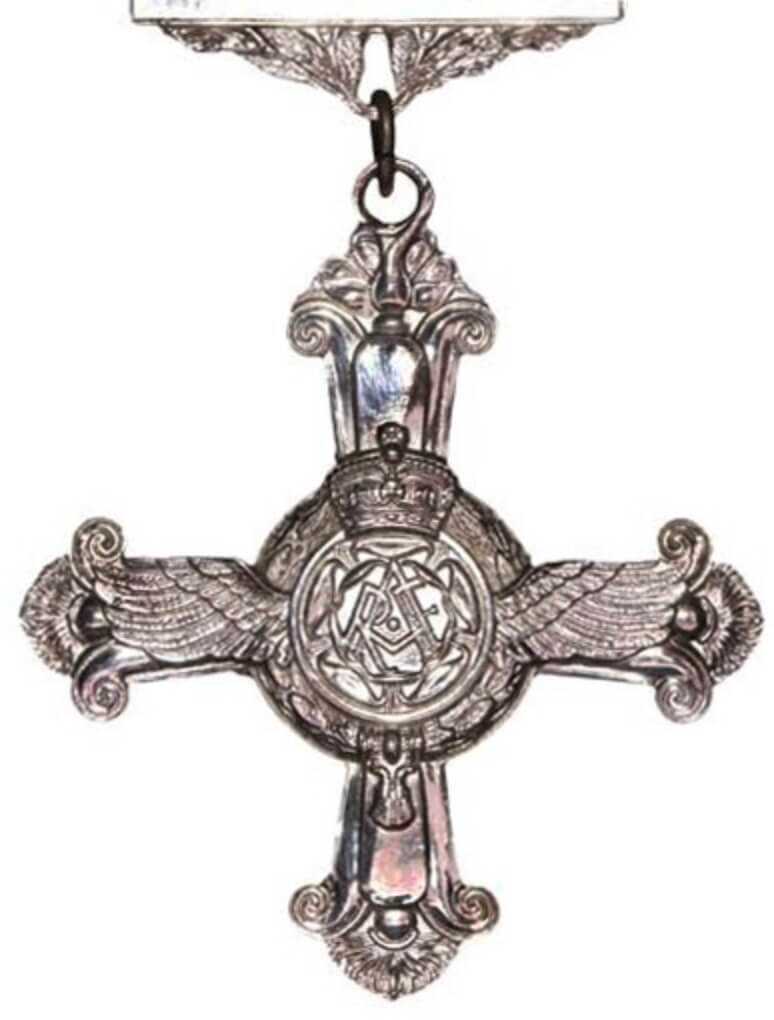
The Nazis undertook the expected reprisals, further incurring the ire of an oppressed people uniformly buoyed by the audacity of the attack. Longchamps’ RAF commanders demoted him to Flight Officer and reassigned him to another squadron. However, when the true impact of his bold unconventional attack became known they awarded him the British Distinguished Flying Cross.
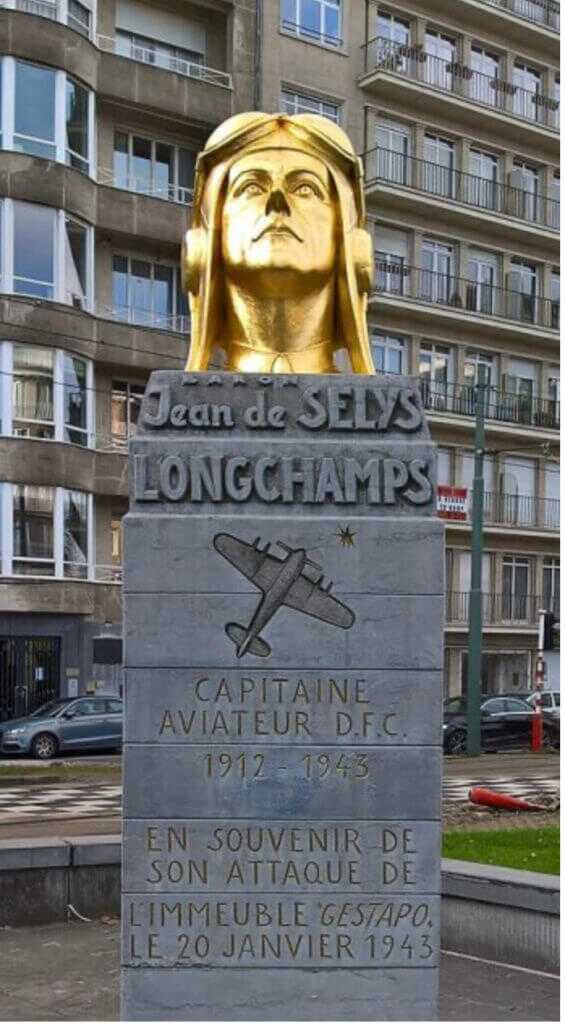
Herman Bodson, a member of the Belgian resistance during the Second World War, recalled: “The day of the attack was a day of joy. That week, while the news was told around the country, was a week of joy.” It seems true vengeance, even a relatively little bit, was indeed fairly sweet.
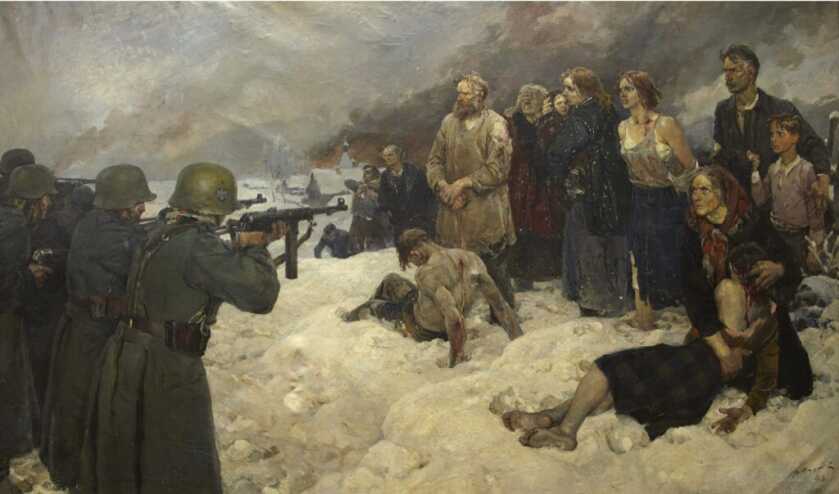
Tragically, CPT Longchamps was killed seven months later on August 16, 1943, when his Typhoon, damaged on a combat mission over Ostend, crashed on landing at RAF Manston. He was an epic hero.
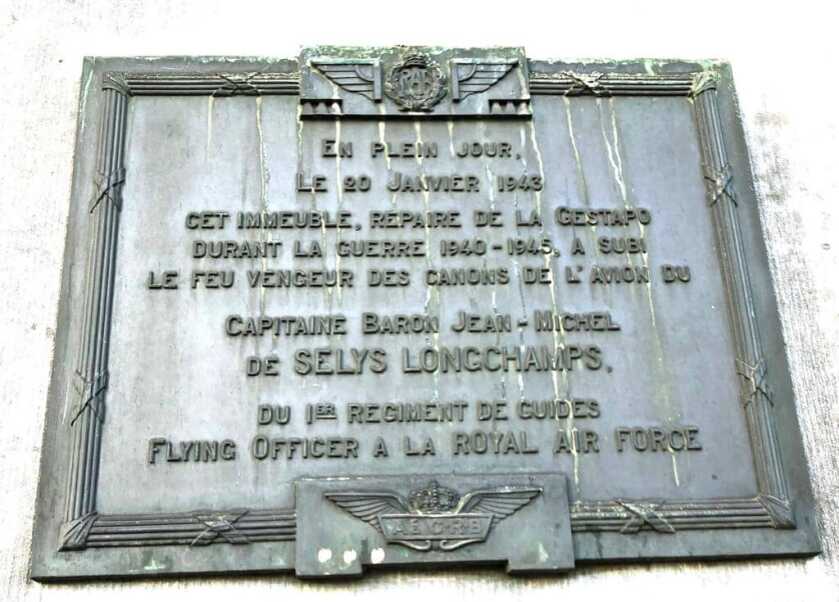


I worked for Hospice in the 1990s Eve Gordon was a Speaker. I could not get enough of her. She was Awsome to listen to. I would love to have the books of her Story. She a a true Hero. My dad was in WWII, My husband in Vietnam 1968-1973, no way I could imagine what either went through🇱🇷🇱🇷
Great article as usual Dr. Dabbs. I really get tired of the candy added on here denigrating folks of generations that are not the greatest generation. The way I see it the greatest generation was like any generation of Americans. The difference was the circumstances they found themselves in that their country needed them to fight a just war. There was also a draft. Yes, I know that many volunteered. I am confident that if this generation would respond similarly if confronted with similar circumstances.
With a sincere heart I applaud the Worlds Greatest Generation.
I tried to put on the military uniform, just couldn’t get the planets to line up. Although not nearly as patriotic I did serve a s a firefighter for 12 years in New York and worked as a civilian metal smith for seven years on the F-14 program.
My dad did two years on B-17’s with the Mighty Eighth as an Ordinance NCO and then another two on Guam on B-29’s with the 20th. He watched the Enola Gay do her ground roll at 0245 hrs. with Little boy on board.
An elderly friend of mine flew a P-38 as fighter escort for C- 47’s over the Burma Hump. This is stuff that movies are made of and it has been a true honor to say that I have known these people.
Sad to say that this generation will never have to guts to measure up to these folks. I think that only when they loose their computer and cell phone will they truly wake up.
Give Me Liberty said, “I agree. The generation that fought World War II was a lot better than the present generation of Americans.”
There are still Americans with this resolve, they are the children of farmers, miners, steel mill workers, and everyday folks trying to make a living a raise a family in this country with the freedoms it offers. But, since 1965, the immigration policy changed by the Democrats in charge at that time, opened the borders to 1 million ‘Legal’ immigrants every year, so, that has been an additional 56 million people allowed in, most of whom became naturalized citizens, some serving in the US military. In addition, special groups have been legally moved in, such as the Somalis into Minnesota, but then you have had the constant influx of people from South of the Border as a continuous drip, or flood at times, and all those people have been procreating. The Americans with the resolve of those in the 1940’s, are still here, they have just been diluted down to a much smaller part of the population. With the continued desires of the left, I picture our country to look like the scenes in movies like Judge Dredd, or Blade Runner, inhospitable and self imprisonment out of fear.
I see the loud-mouthed critic STILL hasn’t remembered his own words (below)… or he simply hasn’t the balls to abide by them.
“… In the future, I will gladly read more of your articles, and I will refrain from posting reviews in the future…” GOB
The Typhoon was to the Spitfire as the P-47 Thunderbolt was to the P-51 Mustang. Perfect stablemates.
Very accurate technical descriptions presented here. My contribution is to state what a beast of an engine the Sabre was with it’s 24 cylinders, sleeve-valves and two crankshafts. (Eventually) brought to a good standard of reliability. Napiers was consigned to a shadow factory in the Midlands which hampered development; RR saw to that. Bristol also employed sleeve-valves in their big radial engines. Keep up the good work! Oh yes, those illustrations were quite exciting, too !
As a child, visiting my older best friends home for the first time, we went to his room and hanging from the ceiling were several 2nd WW era war planes. All were very well built, detailed plastic models. Amongst the swarm (all American and mostly fighters and fighter bombers) hung a P38. Since that time I have seen many planes I would refer to as pretty or sexy (AH1 being one) but the Lightning is still at the top of my list. The lines similar to a proper sail boat can only be described as beautiful. I commend you for keeping a focus on the heroic exploits and just plain diligent efforts of our fathers
Hi Will, I think you sprinkled in the right amount of Nazi bashing. Some people deserve a kick in the nuts every chance you get.
Let’s see more of this! America is long overdue for these warriors to awaken and show the world what we’re made of.
Thanks for another great inspirational story. Keep them coming.
The thing to remember here is that these events took place but a mere 80 or so years ago & there are still servicemen and women around that performed those deeds.
We need more people like them now more than ever.
Great story, Doc. Capt. Longchamps was a true badass, as was the awesome Ms. Hallowes. But you went a little overboard with the gratuitous Nazi bashing. EVERYBODY knows that the Nazis, particularly the Gestapo and the SS, were complete scumbags and the worst humanity has ever produced. But your repeated reminders that they deserved the worst, accompanied by not one but two generic and unrelated group photos, qualifies as what the politically correct hipsters now refer to as “virtue signaling”. Basically you were screaming, “Look at me! I hate the Nazis the mostest!” And, I must say, I’ve never heard anyone refer to a fighter plane as the “prettiest”. That was funny.
I left my meeting with Eve Gordon angry. I met her in 1989 or 1990 (I think). She was the sweetest, most inoffensive, soft-spoken, grandmotherly sort of woman with the most beautiful refined English accent. To hear her describe in such dispassionate terms what the Gestapo did to her and why was unlike anything I have ever heard before or since. Not virtue signaling, brother, I really do hate the Nazis that much.
I agree. The generation that fought World War II was a lot better than the present generation of Americans. Too many have forgotten all the blood and fighting for the price of freedom. Wars have been fought to secure our liberties and rights.
Too many presently are willing to sell off their freedom for bread and a circuses.
F the Nazis, and the PC hipsters if they don’t like it. It breaks my heart, and makes me sick, to think of all the Americans who made the ultimate sacrifice for this country, only to have it turn into the shit mess it is now. Truly sad.
Most decent sane people despise nazi scumbags. Fix yourself
Really great story. More of the same, please.
Great piece, Will. As usual. I’ve always liked the Typhoons, and I think they look like a manned-up Spitfire.
Is that a Sun Optics light/laser combo that I see on the pistol in the upper left corner?
Epic!!!
What Valor, brilliant well done article.
There are a few writers that you never have to look for their name at the top of the article. You know who it is about half way through the first paragraph. Wayne Van Zwoll and Craig Boddington come to mind. Will Dabbs is in the best of company !
I discovered Dr. Dabbs only a year or two ago, but I can’t get enough of his articles. Keep it up !
This story, right now and right here is probably the best story I have read from Dr. Dabbs to date. Really renews my interest in the subjects of WW2, espionage and the heroes involved.
Good story as usual, Will. Never forget the sacrifices made by the greatest generation!!!
What a great account of true heroes! Thank you
Strange to think that if China occupied the US and violently imposed communism, there would be legions of douchebag US hating sympathizers eager to embrace them…oblivious to the fact that people like Longchamps always have and alwaus will be out there fighting for the freedom of said douchebags to wear their hipster hammer and cicle vintage T shirts to starbucks.
Another great one! Thanks Doc! You are the singular reason that I am renewing my subscription to Guns Magazine. Everyone else just rehashes old info ad nauseum. You, on the other hand, absolutely delight every issue. I wish you would write some books. In your “spare” time, of course….
Longchamps had brass ones for sure. Who among us reading of his adventure didnt imagine ourselves at the controls of a Typhoon butchering those evil bastards right back? The monsters rose before and they are rising once again. Right here in America.
Great article Will. Always look forward to your columns and historical insight.
On a second note, Just finished reading Low Level Hell and Seven Men At Daybreak. Can you recommend anything else along these story lines? It’s just amazing what these men went through “back in the day”!
Thanks, keep ’em coming…
It is a good thing to have details from history; to be reminded that this freedom we have was important to those who suffered. Keep up the good work.